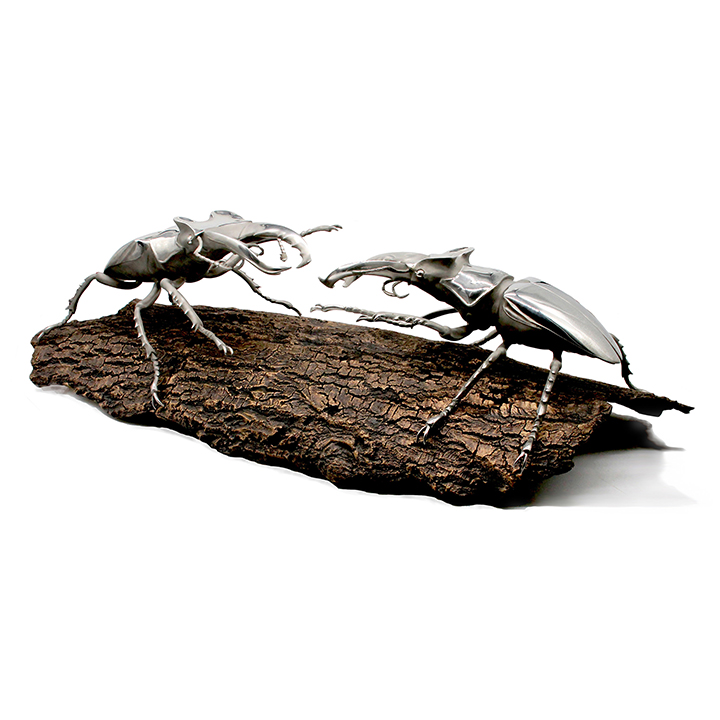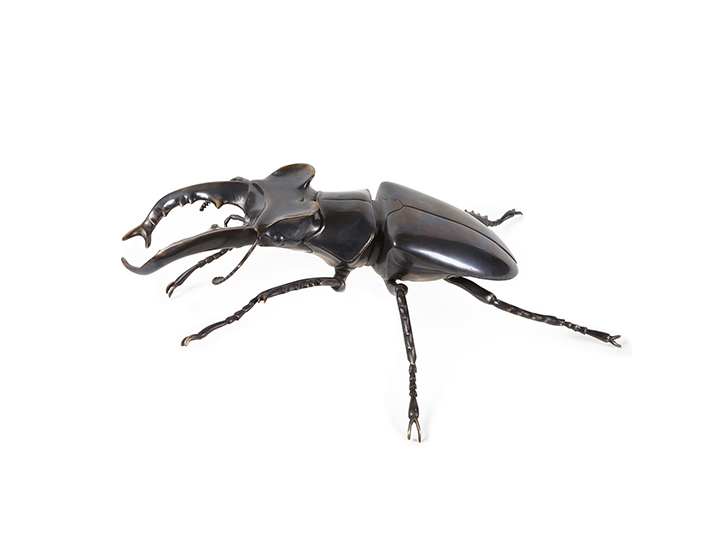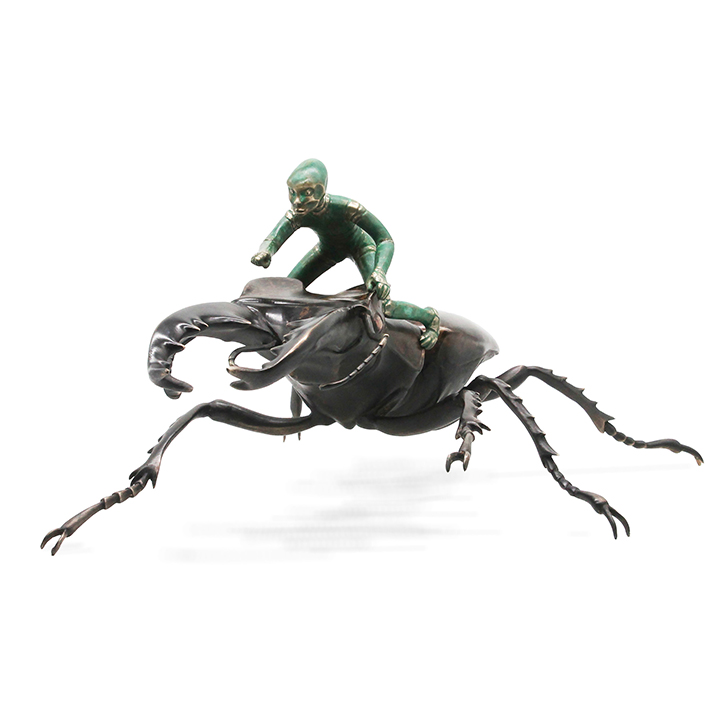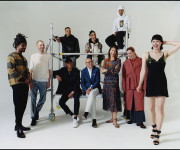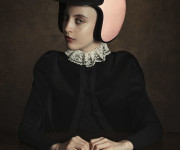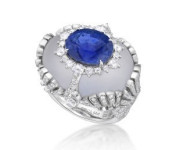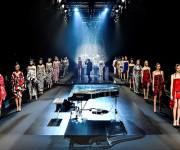From Avant-Garde door hardware to larger-than-life insect sculptures, the creative world of Martin Pierce continues to fascinate.
The sculpture collection has been compiled over the last few years but the covid lockdown gave Pierce the push needed to finish these first editions. Work priorities and creative passions were re-prioritized so that he could channel his artistic energy into creating a new fictional reality in bronze.
Pierce was born in England, left school at 16 and trained as a woodcarver where he learned to carve quickly and 3 dimensionally. Leaving England in 1980 he settled in Los Angeles with his wife, Anne and together they established creative collections of furniture and door hardware. In this new collection of large stag beetles, wasps, and crickets the scale of his insects and humans has been reversed. According to Pierce “the reversed scale of humans to insects together with other inter-species variations has effectively removed the physical basis for one species to dominate and exploit another.” What began in his earliest wood sculptures as a way of showing the mechanical beauty of smaller life forms has evolved in bronze to become a fictional portrayal of insects and humans performing tasks together and even competing together in the Annual Insect Race. Martin Pierce is collaborating with his wife and together they are writing a story that explains the attributes of each species and how they interact. Currently, they are establishing the rules of the Annual Insect Race. The first rule prohibits aerial travel so all creatures must compete by hopping, walking, or crawling. As Anne Pierce explains the outline of the Annual Insect Race “the differing insect species are obviously not permitted to be aggressive or predatory and while hornets and wasps historically preyed on beetles, the Herbivy Treaty signed in 505 has held firm for centuries allowing these species to peacefully co-exist”. It is clear that both Pierces approach their subject material with humour but as Anne points out “the storyline also helps us visualize the way the insects can be articulated so, for example, Martin will sculpt the 6 scarab legs in different raised and bent positions to portray a piece when running, versus flying or sparring with a rival”.

